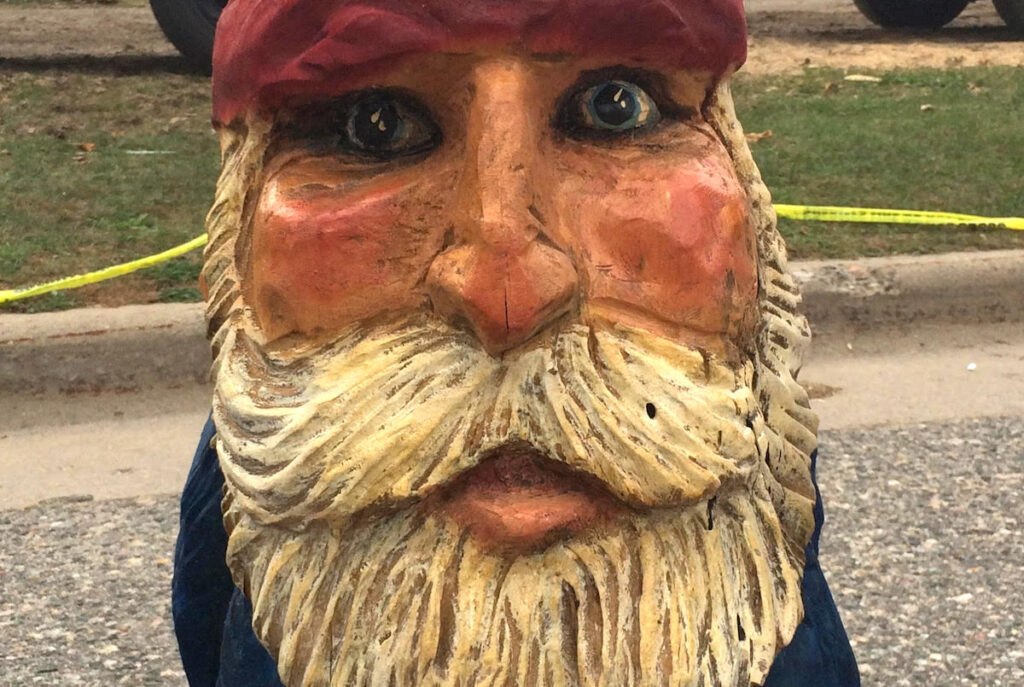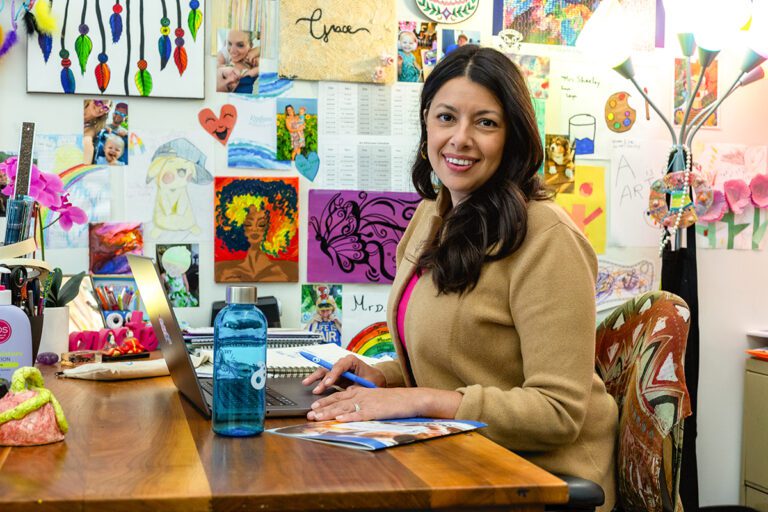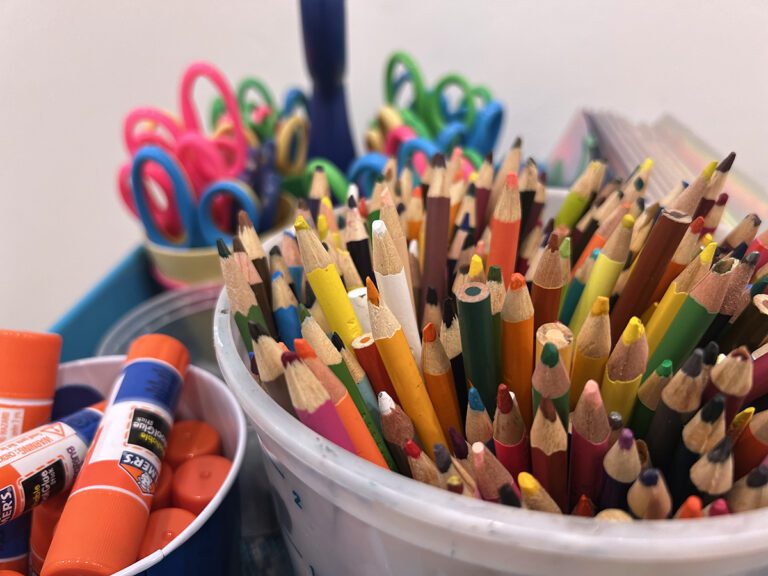I am often surprised when I meet art teachers who don’t make art.
When I say art, I mean art that is solely for the teacher. I’m not talking about classroom examples or other art-related tasks that go along with our jobs. Of course, I don’t think that all art teachers need to be creating and showing art in galleries, but I do think it’s important for art teachers to participate in the creative process at some level outside of working with students.
One reason I feel it’s so important to make your own art is to spend time in the struggle. Creating your own art puts you at the heart of the art making process. This means when your students have difficulty, you understand. You’re better equipped to help find solutions because you get it, you’ve been there.
But Who Has the Time?
I get it. Teaching art is a full-time job, and teaching art in and of itself is an art. Helping students to become artists and find their voice requires a lot of us, and takes more time than the school day can provide.
However, I still push myself to find time to create art. I started small my first few years teaching by keeping a sketchbook, and working here and there on my oil paintings. No one typically saw my work, but I was creating. This time with art led me to make art a bigger part of my life, and that change has made all the difference for me and my students.
Don’t think you have to stick to the traditional mediums of drawing and painting! For example, I am a chainsaw sculptor and spend a significant amount of time on my work. Being able to share my art with my students, my co-workers, and my community has changed the way I teach art. It has also changed the way people view me as the art teacher, and in turn has changed how people view art class.

Creating an Art Making Habit
They say it takes quite a bit of time and determination to create a habit, so be gentle with yourself and start slowly.
Here are three ideas to get you started.
- Give yourself a small, daily goal.
Try doing one sketch per day, or even one sketch per week. Find something that feels doable and comfortable for you. - Find an art making buddy.
Accountability can make all the difference in the world. See if any other art teachers in your district want to re-commit themselves to an art making practice and do it together! - Use social media to encourage follow through.
Sometimes telling others we are going to do something is enough to make us follow through. When people are waiting to see what you created, you are more likely to get it done. Challenge yourself to post one small artwork per week or per month.
Once you have created the habit of having art in your life again, you won’t need to force it. It will simply become part of what you do. Even things we enjoy sometimes have to be scheduled in or they won’t happen. All of this talk about habits makes me think of the Chuck Close quote, “Amateurs look for inspiration; the rest of us just get up and go to work.”

Want even more inspiration?
If you’re looking for even more inspiration to start up your personal art practice again, join me for the Summer 2016 Art Ed Now National Online Conference for art teachers. I’ll be sharing more about how making your own art can enhance your teaching practice in the After Pass. These are bonus presentations that you can view for up to one full year after the live conference ends!
In addition, check out all of these other amazing presentations that will be available in the After Pass as Well.
- Adapting the Marzano Learning Goals & Scales for the Art Room with Ruth Post
- Art, Dance, & Technology: Kinesthetic Learning in the Art Room with Abby Schukei
- “The Big Three”: Encouraging Elementary Students to Analyze Works of Art with John Post
Plus, if you’re interested in hearing even more on the topic of making your own art, be sure to check out the recent episode of Art Ed Radio, where host Tim Bogatz talks to guest Andrea Slusarski about how being an artist can inform your teaching.
What are your thoughts about art teachers making art?
Do you teach art and make art? How does it change the way you teach?
Magazine articles and podcasts are opinions of professional education contributors and do not necessarily represent the position of the Art of Education University (AOEU) or its academic offerings. Contributors use terms in the way they are most often talked about in the scope of their educational experiences.





